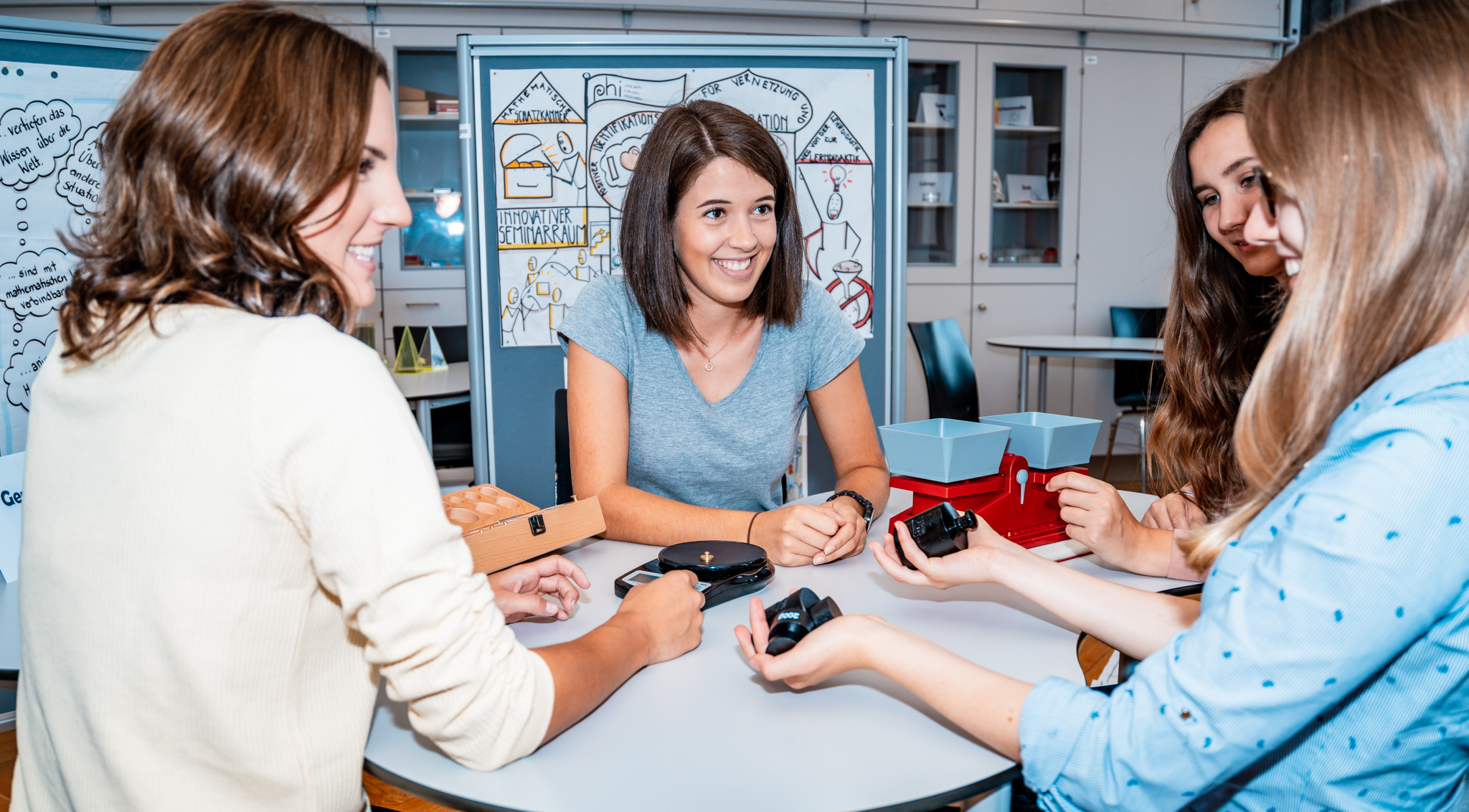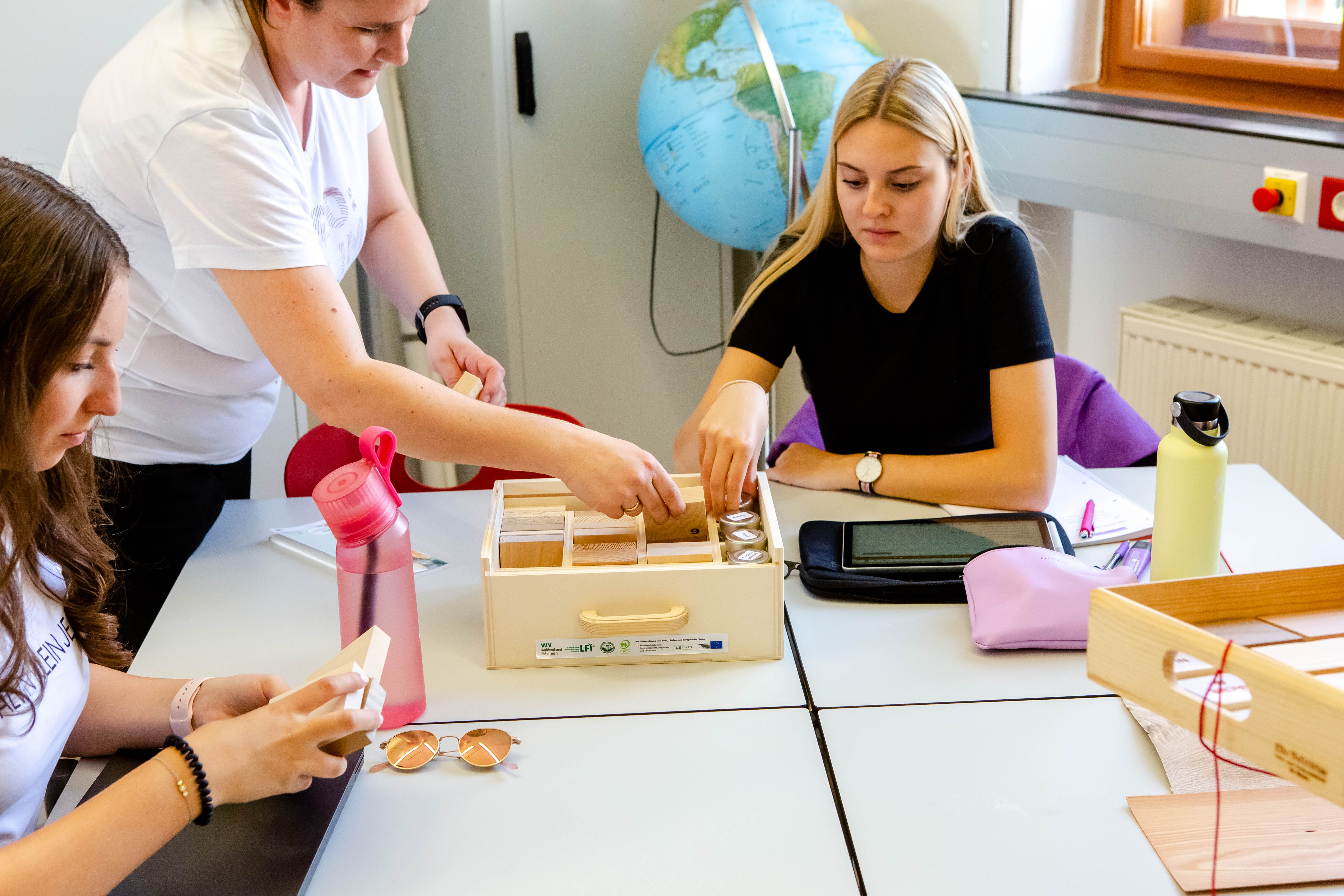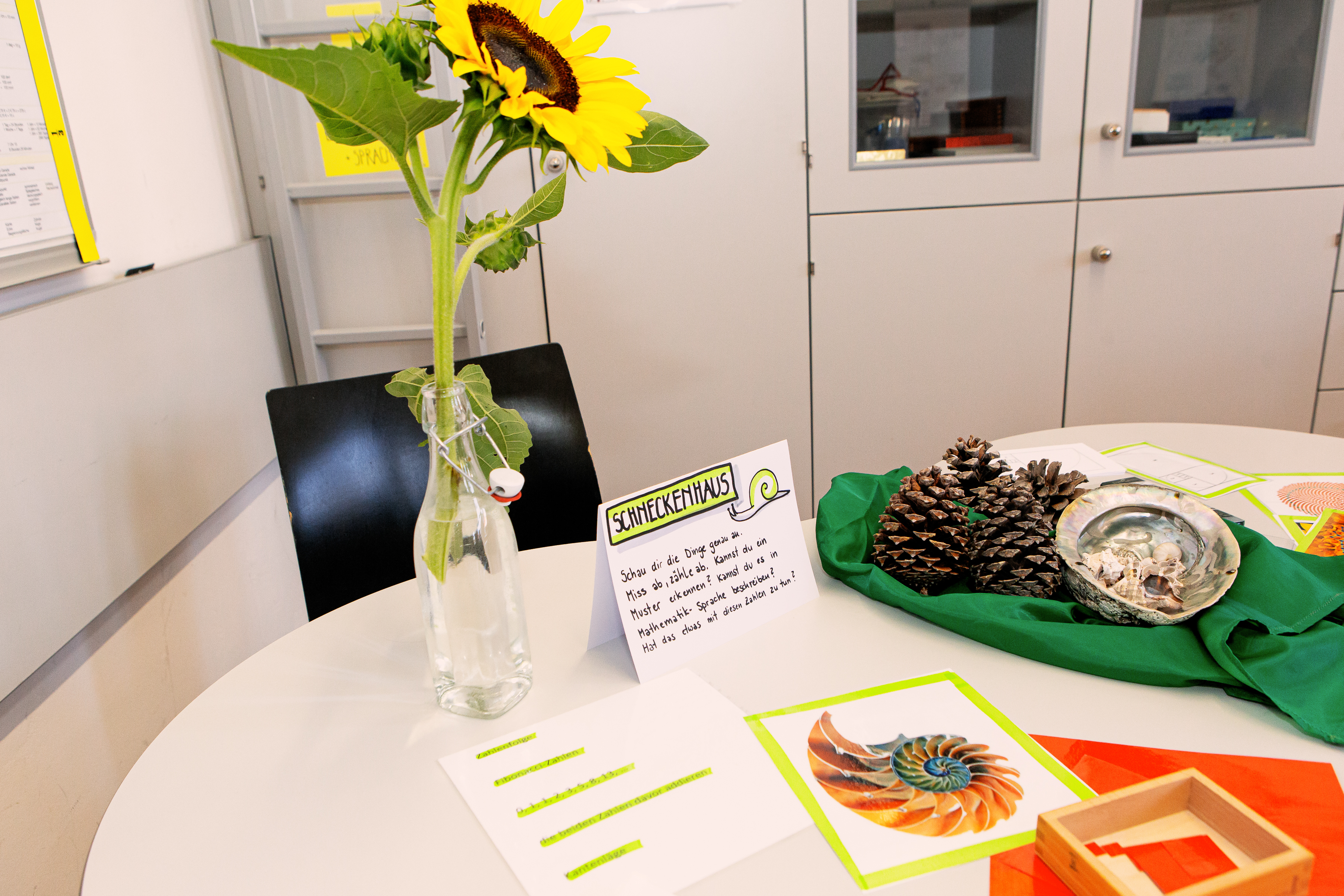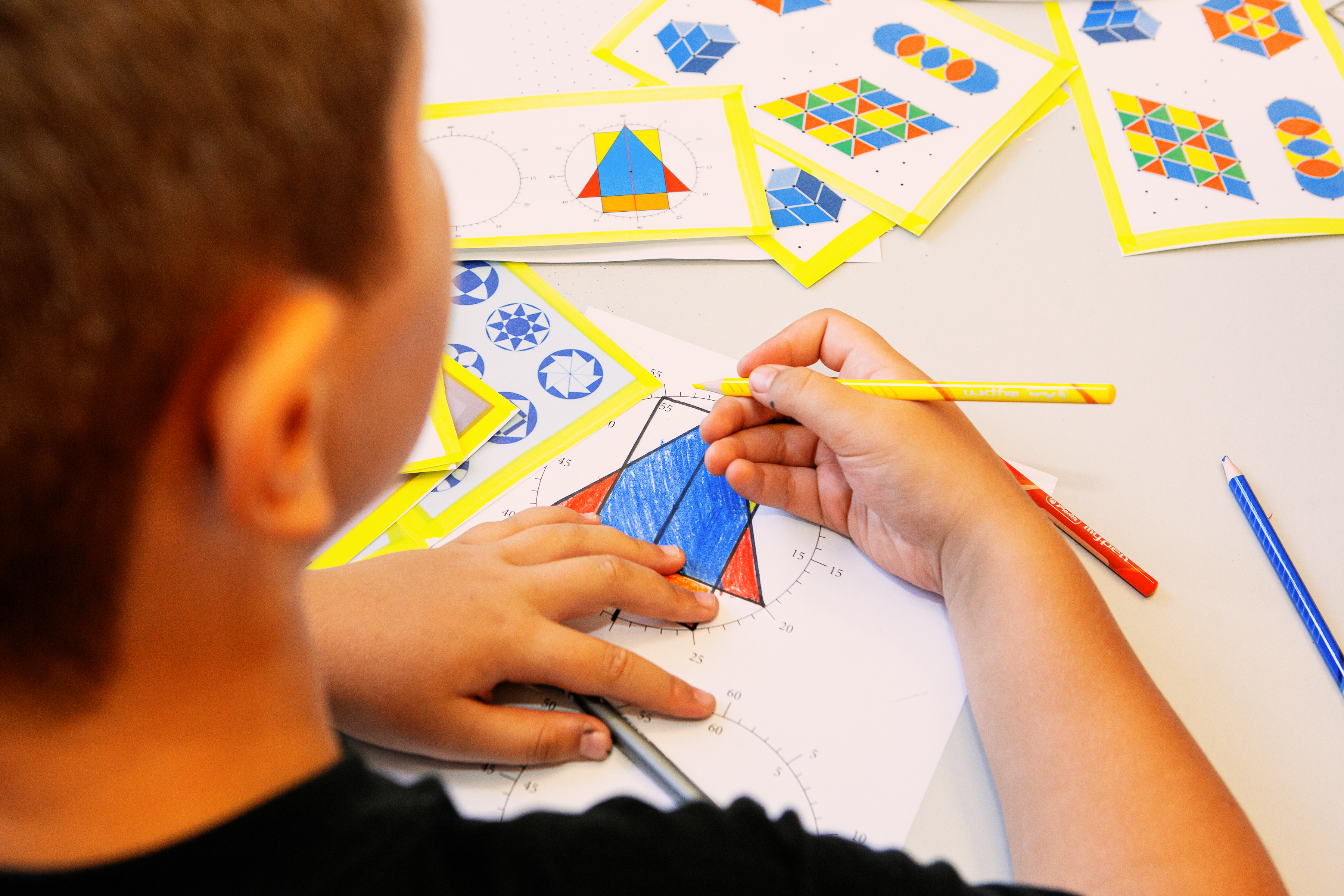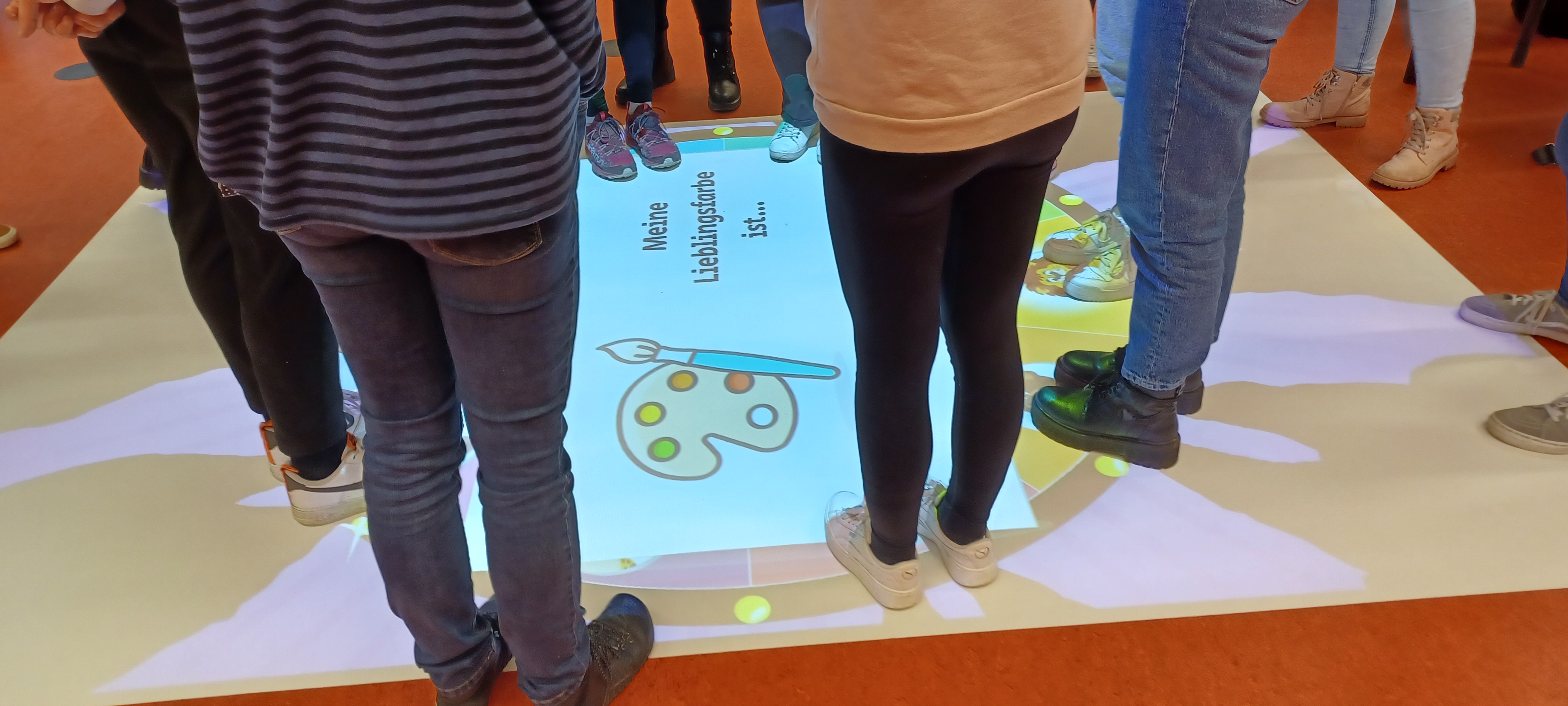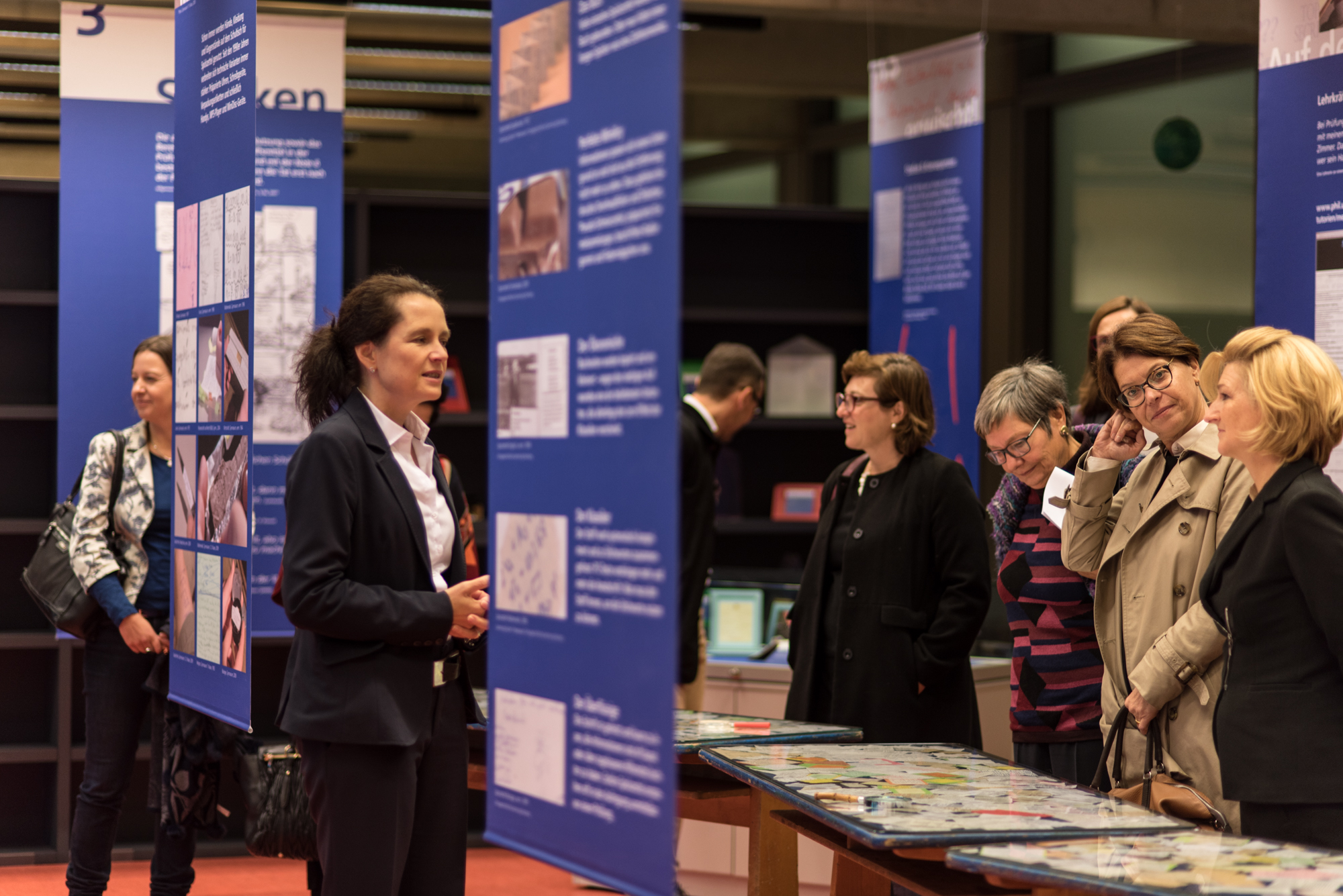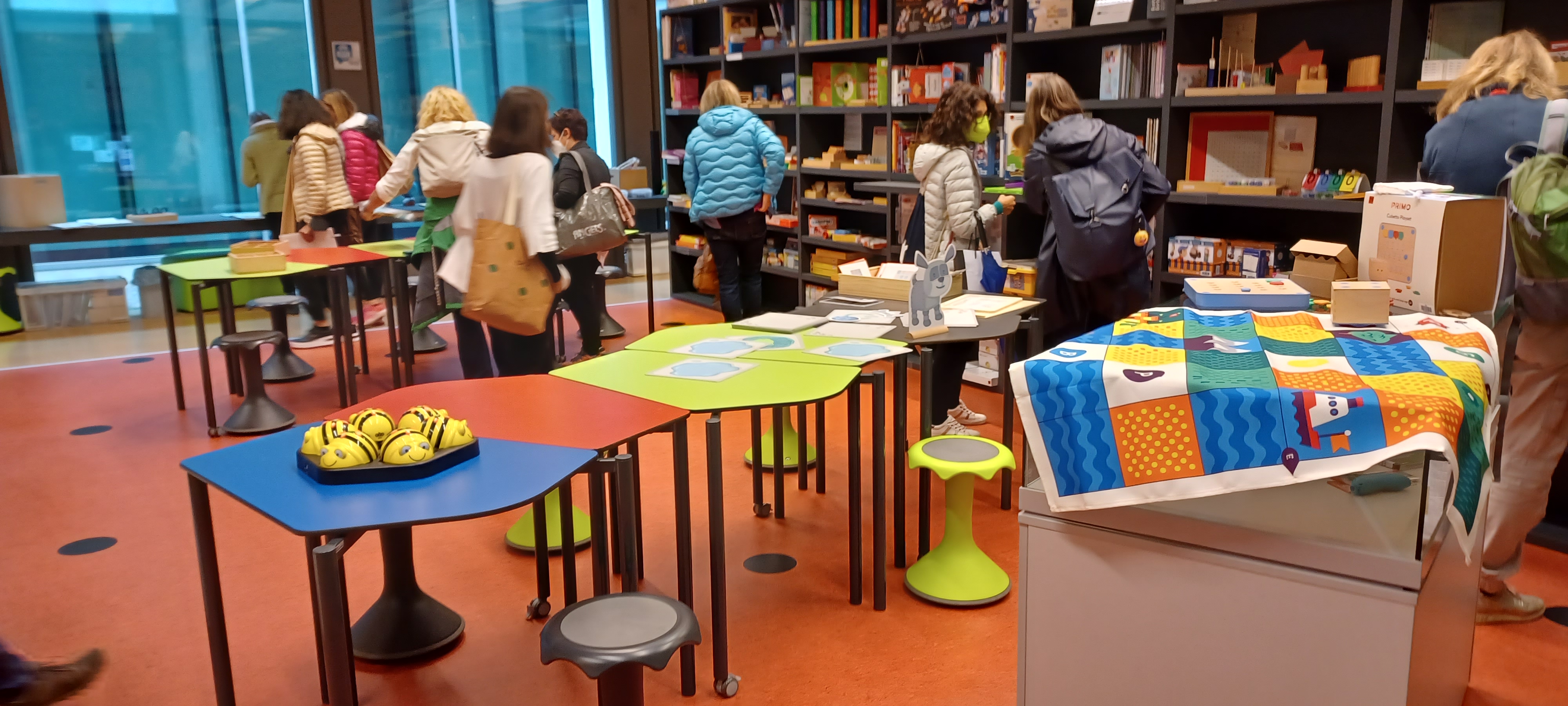- Start
- NeHle e.V.
- Hochschullernwerkstätten
- Tagungen
- Übersicht
- 2026 - Aufbruch
- 2025 - Halle
- 2024 - Graz
- 2023 - Trier
- 2022 - Frankfurt (digital)
- 2021 - Saarbrücken (digital)
- 2020 - Wien
- 2019 - Brixen
- 2018 - Erfurt
- 2017 - Bremen
- 2016 - Saarbrücken
- 2015 - Osnabrück
- 2014 - Berlin
- 2013 - Solothurn/Brugg
- 2012 - Siegen
- 2011 - Kassel
- 2010 - Linz
- 2009 - Halle
- 2008 - Berlin
- Literatur
- Kontakt
Open Learning Settings
Openness is frequently addressed in the literature on "Hochschullernwerkstätten" (cf. Franz 2012; Hildebrandt et al. 2014; Gruhn 2021) and is seen as a central feature (cf. Rumpf & Schmude 2021, 67). At the same time, the term is often used in a reduced and abbreviated form (Kihm & Peschel 2021, 70). Theoretical-conceptual descriptions, empirical research or practical implementations of openness in "Hochschullernwerkstätten" (e.g. Coelen & Müller-Naendrup 2013; Grummt et al. 2019; Schöps & Rumpf 2020; Stadler-Altmann et al. 2020) often refer to pedagogically oriented models of gradual opening up of teaching (e.g. Lipowsky 2002; Bohl & Kucharz 2010; F. Peschel 2019). Depending on the orientation of the "Hochschullernwerkstätten", these models can also be applied to subject didactics. The models relate opening up to various dimensions:
- organisational dimension: social form, order, time and duration of work, location, access to materials,
- methodological dimension: learning objectives, use of materials, ways of working and learning,
- content dimension: learning object, topics, questions,
- social dimension: (self-)management of the learning group, e.g. with regard to working methods or rule-making,
- personal dimension: pedagogical attitude manifested in the design of communication and interaction (e.g. dealing with power).
Empirical studies on the topic of openness in "Hochschullernwerkstätten" show that learning situations in "Hochschullernwerkstätten" often only appear to be “open” on a superficial level (cf. Gruhn 2021; Stadler-Altmann & Lang 2023, 186; Kihm 2023, 25). At a deeper structural level, however, interpersonal interactions often involve controlling verbal and, in particular, non-verbal micro-processes. Similarly, aspects of material and spatial accessibility and use can significantly limit the openness of the learning situation (cf. Müller-Naendrup 2013, 193; Peschel 2014; Stadler-Altmann 2016).
Lead author: Pascal Kihm
© 2024 lernwerkstatt.info | Impressum | Datenschutzerklärung |



